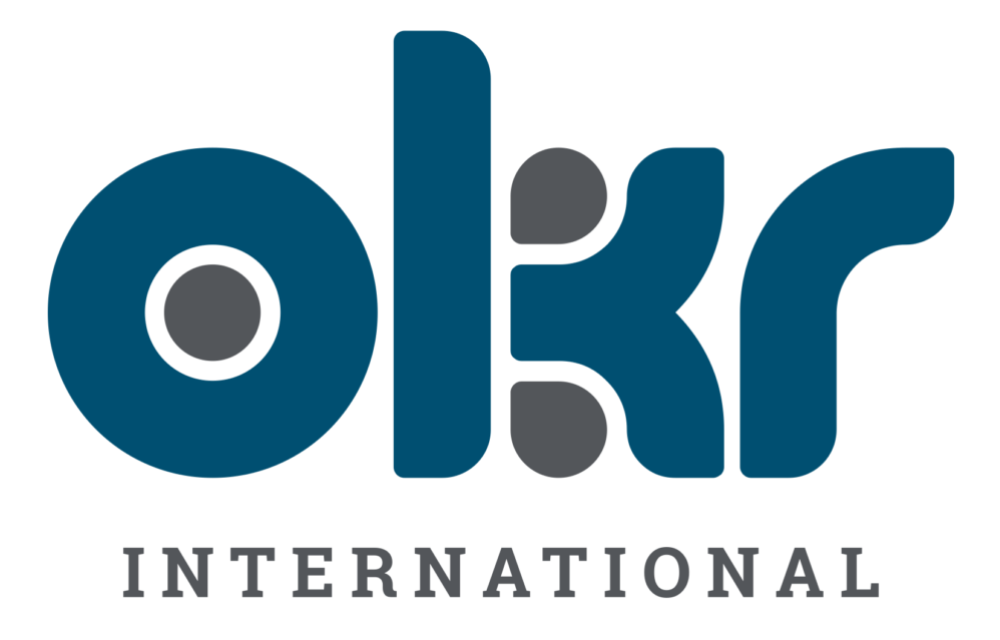An innovative organization practices agility through alignment, prioritization, accountability, transparency, and empowerment. OKRs (Objective & Key Results) is one such framework that allows organizations to focus on all these attributes to ensure that their teams are aligned to its dynamic goals in order to succeed.
Setting OKRs propels your team to achieve seemingly impossible goals whilst continuously learning. Organizations are faced with the unique challenge of adjusting to the pace of change, which has become exponential.
Moreover, leaders are faced with the challenge of keeping teams aligned to ever-changing goal posts. In times like these, how do leaders turn up to face these challenges? What are some tools and guiding frameworks that might come to the rescue here?
Focusing on no more than 3-5 Key Results per Objective, this open-source framework is implemented differently by different organizations depending upon their industry, function and nature of teams. For instance, an organization may choose to set their OKRs annually and then every quarter while others may choose to stick to quarter cycles sans the annual OKRs. Both approaches won’t be incorrect. Understanding what works for you when it comes to writing OKRs depends on a variety of factors, which you can read more about on our page on Successful OKR Implementation by OKR International, a leading Strategy & Management Consulting firm.
It’s clear that the benefits of the framework are manifold. However, getting your OKRs right is one of the bigger hurdles in the successful implementation of OKRs. Since there are no rules but a set of guidelines to follow while writing and further implementing your OKRs, it can get challenging to understand how to set them.

So, let’s start with first getting a quick grasp on the ABCs of OKRs.
What are Objectives?
To break it down, OKRs are a combination of Objectives, Key Results and Initiatives. So, let’s talk about Objectives first.
Objectives are the HEART of OKRs.
Speaking of Objectives, one can’t help but think of this story from Alice in Wonderland which has grown to be my favourite part in the story. It is where Alice comes upon a forked road and chances upon the Cheshire cat on a tree. Alice asks the Cat, “Would you tell me, please, which way I ought to go from here?” The Cheshire Cat responds, “That depends a good deal on where you want to get to.” Alice then says, “I don’t much care where.” The Cheshire Cat very wisely responds, “Then it doesn’t much matter which way you go.”
Objectives should basically be driven by the question – Where do I want to go? What do I consider as my goal?
Objectives are nothing but a means to provide direction and focus to one’s efforts. When an Objective is crafted wisely, it should inspire your people to work towards them. It provides the much-needed ‘heart or emotionality’ to whichever endeavor is being chased. So where do you begin? Having a strong purpose or a strong mission statement will help create better chances of attaining Objectives that are very compelling in nature.
Google’s mission statement is known for having a huge role in their OKRs, which is – “to organize the world’s information and make it universally accessible and useful.”
Objectives must not be created out of thin air; they need to be derived from your organizational strategy. For instance, if your Organization stands for creating new products within an existing market, then your objective must definitely be associated with it. This is essential to ensure that it ultimately yields the required result. The Key Results and Initiatives are also constructed similarly.
Key Result – Example
To enhance our understanding of Key Results, let us use an example. John, the CEO of a tech-start up, leads a small team of 10 members. His Organisation has just transitioned from its incubation stage and is ready to launch their product (an app for medical professionals). The team is based in England, and they are aiming to capture the UK market. Their strategy is to penetrate the region and grow the user base in the first two years. Let’s take a look see at what OKRs they ended up creating.
Objective 1: Create an app that is user-friendly, for all medical professionals. (Customer Success)
KR 1.1: Achieve an Average Retention Rate of 80% for users.
KR 1.2: Make sure an App Rating of 4.5 is received.
Objective 2: Win the UK market. (Growth)
KR 2.1: Grow Market Share to 45%
KR 2.2: Make Daily Active Users (DAU) touch 45K
It is important to understand how various KRs achieve the conditions under the guidelines of writing
compelling KRs. Here, the Key Results make it easily possible to achieve the Objective at hand. This is because not only are they measurable a nd verifiable, but they have a stretch and they all contain ametric (KPI) & a target (quantity & timeline).
What are Initiatives?
‘What do I need to do in order to achieve my Key Results?’ is the question that Initiatives help answer, and they play a crucial role in the execution of OKRs. In simpler terms, they work as the hands of your OKRs in order to get things done!
Guidelines for Initiatives:
- Initiatives here can be present in the form of a project, task or activity.
- Please have at least 1 initiative be connected to every Key Result.
- They are a must-have in order to achieve your desired Key Result.
- Could be Boolean (Yes/No) or Metric driven. To give an example, 20 members that are being trained on Software X is an example of a Boolean Initiative. This is simply because it’s either done or not done. On the other hand, a 3-month long project could be an example of a Metric Driven Initiative since we look at milestones to complete over a period of time in this case.
For our previous example, this is how we may describe initiatives:
Objective 1: Create an app that is user-friendly, for all medical professionals.
KR 1.2: Make sure an App Rating of 4.5 is received
Initiative 1: Plan an ASO ie App Store Optimization program.
Initiative 2: Have users rate at moments of truth transactions by including real-time nudges.
The truth to understand and remember is that Initiatives can be thought of only once OKRs are created and aligned. In fact, once OKRs are agreed upon and then finalized, the implementation of Initiatives truly takes place. During implementation, stakeholders feel compelled to collaborate and put pieces of the puzzle together, which leads to the ultimate goal of achieving the OKR.
In the example above, for Initiative 2:Have users rate at moments of truth transactions by including real-time nudges, you may find the product team, the design team and the Customer Success team collaborating to achieve KR 1.2 ie Make sure an App Rating of 4.5 is received.
Summary
For a successful OKR Implementation to take place, the first step is to avoid making common mistakes when writing OKRs. You can write OKRs by following just these 3 simple steps, which will help you craft your OKR as per the OKR Framework.
1. Start from the intention.
Ask yourself “What’s my larger vision or mission?” Illustrating this through an example,
Vision/Mission: To get Healthy and stay Fit
II. Define an Objective.
When constructing an Objective, choose something that fits these criteria:
- It must inspire you. In other words, it should instantly connect to your heart.
- It must be aspirational and include a stretch challenge.
- Do not put any numbers here, just the direction of your goal.
- It should answer the question, ‘where do you want to be?’
For this particular example, since the goal is to get healthy and stay fit, you may land on-
Objective: To be a role model of good health and fitness.
III. Create a Key Result.
Your Key Result for the above-mentioned objective must be those success factors that help you achieve your goal (To be a role model for good health and fitness). If that particular function is not being performed, then chances are that the wrong objective is being chosen. The Key Results must follow certain guidelines as well. They are:
- It must have a metric (KPI) & a target (increase or decrease over time).
- There should not be more than 3 to 5 Key Results for each Objective.
- Every KR must be measurable and verifiable.
For the following objective:
Objective: To be a role model of good health and fitness.
The 3 Key Results could be:
- Lose 10 Kg weight between January to March.
- Be able to run 5 Kilometers under 20 minutes in Q1 (Jan-Mar 2021)
- Reduce Body Fat by 30% in Q1 (Jan-Mar 2021).
Please note that the highlighted words in the above 3 examples are KPIs or metrics. The factors like 10Kg, 5Km & 30% are targets.
OKR International is one of the leading Strategy & Management Consulting Firms that provides services in OKR Management Systems in India and in more than a dozen locations globally. OKR International is a consulting company that offers services in OKR Accreditation, OKR Consulting & Advisory Services and OKR Coaching services to companies across the globe.



